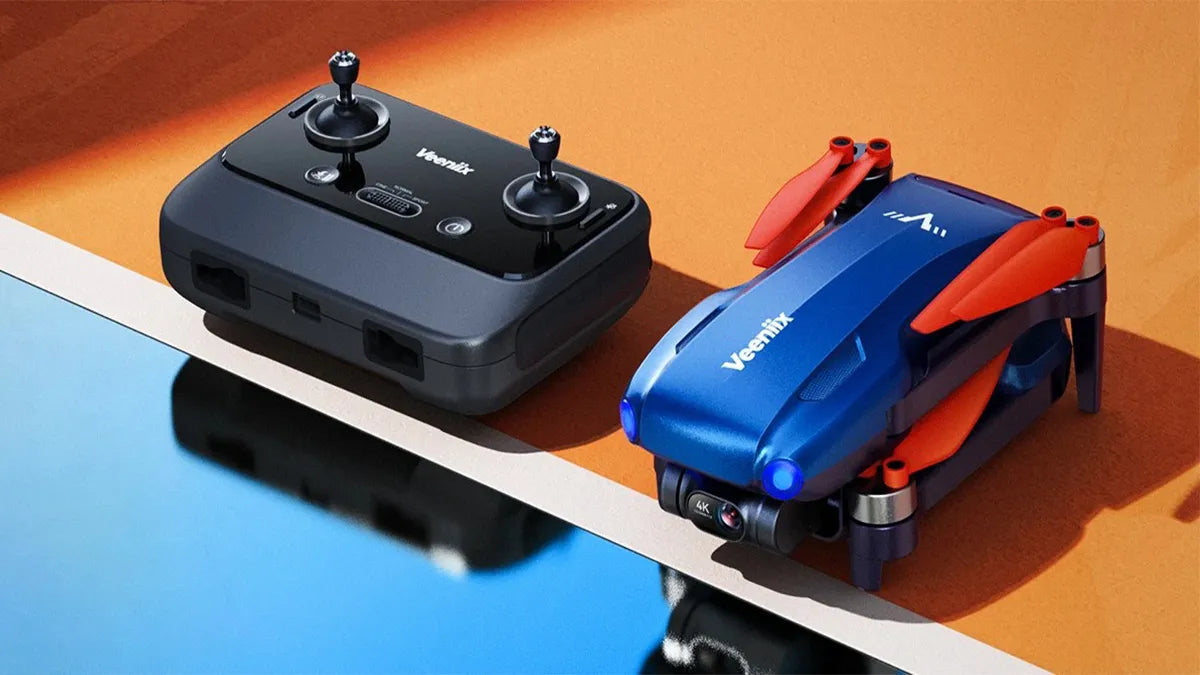Drone video shooting is a very popular technology nowadays, skilled pilots can capture incredible video and make it fly in any direction to better meet shooting needs. So, what is the flying principle of drones? Today, Let Ruko take you into the working principle of drones.
The flight control system can be regarded as the brain of the drones. The multi-axis drone's flight, hovering, and attitude changes are all achieved by using a variety of sensors to transmit the attitude data of the drone back to the flight control. The flight control then issues instructions through calculation and judgment, and the actuator completes the actions and flight attitude adjustments. Drones use rotors to move forward and stop. The relativity of forces means that when the rotor pushes against the air, the air pushes against the rotor in reverse. This is the basic principle that allows drones to go up and down. Furthermore, the faster the rotor spins, the greater the lift, and vice versa. Today’s drones can do three things: hover, climb and lower. When hovering, the thrust generated by the drone's four rotors is equal to the downward force of gravity. This is very easy to understand. So how is climbing achieved? Increasing the thrust of the four rotors creates an upward force greater than gravity. After this action is completed, the thrust of the drone can be relatively reduced, but to continue flying upward, it must still be ensured that the upward force is greater than the downward force. The requirement to lower the drone is the opposite: the thrust speed of the rotor needs to be reduced, so that the resultant force is downward.
Drones and mini drones are more complex than model airplanes. The aviation model consists of a flight platform, a power system, and a remote control system within visual range. It is mainly for public viewing, and what is pursued is the realistic appearance or elegance of flight, etc. The technological content is not high. The drone system consists of a flight platform, power system, flight control and navigation system, link system, mission system, ground station, etc. What is sought after is the system's capacity to finish particular tasks. High levels of technology are present. Regarding the flight platform and power supply, certain high-end aircraft models and low-end drones are very similar. The power devices needed by drones for various applications vary, but they all aspire to an engine that is compact, affordable, and dependable. Drones are anticipated to have more sustainable power from new energy motors like solar energy and hydrogen energy.
Drones are versatile devices that utilize the power of wireless technology to perform various tasks from taking video to assisting in emergencies. As technology develops and the world becomes more connected, their utility will only continue to grow.









